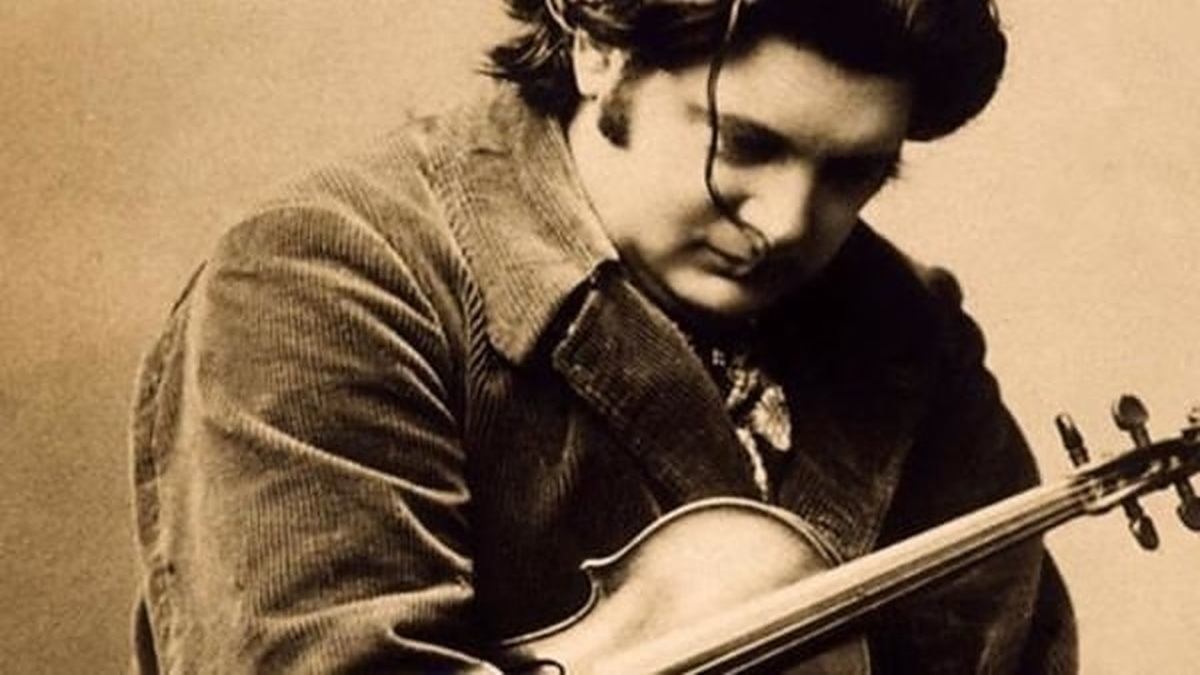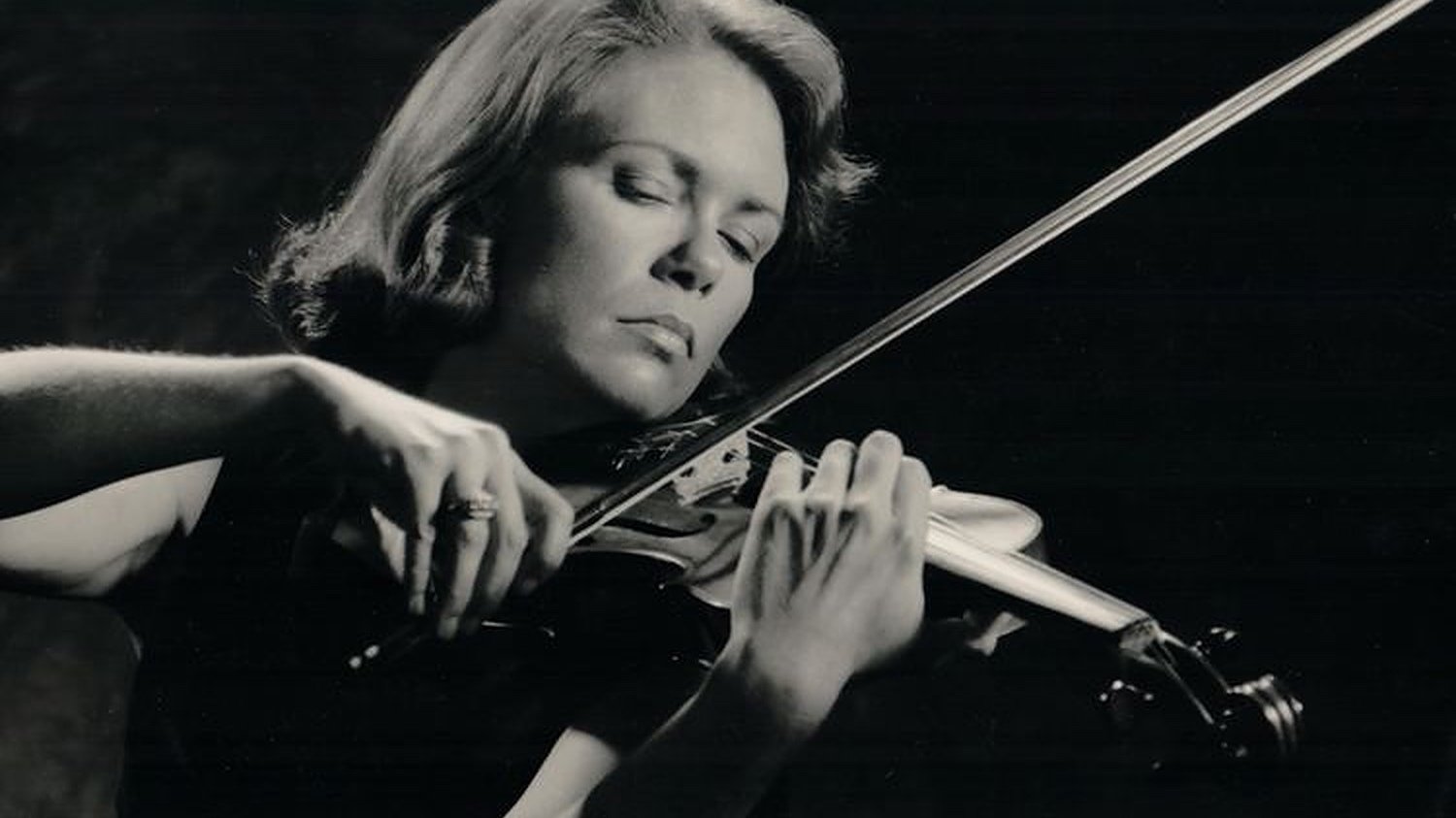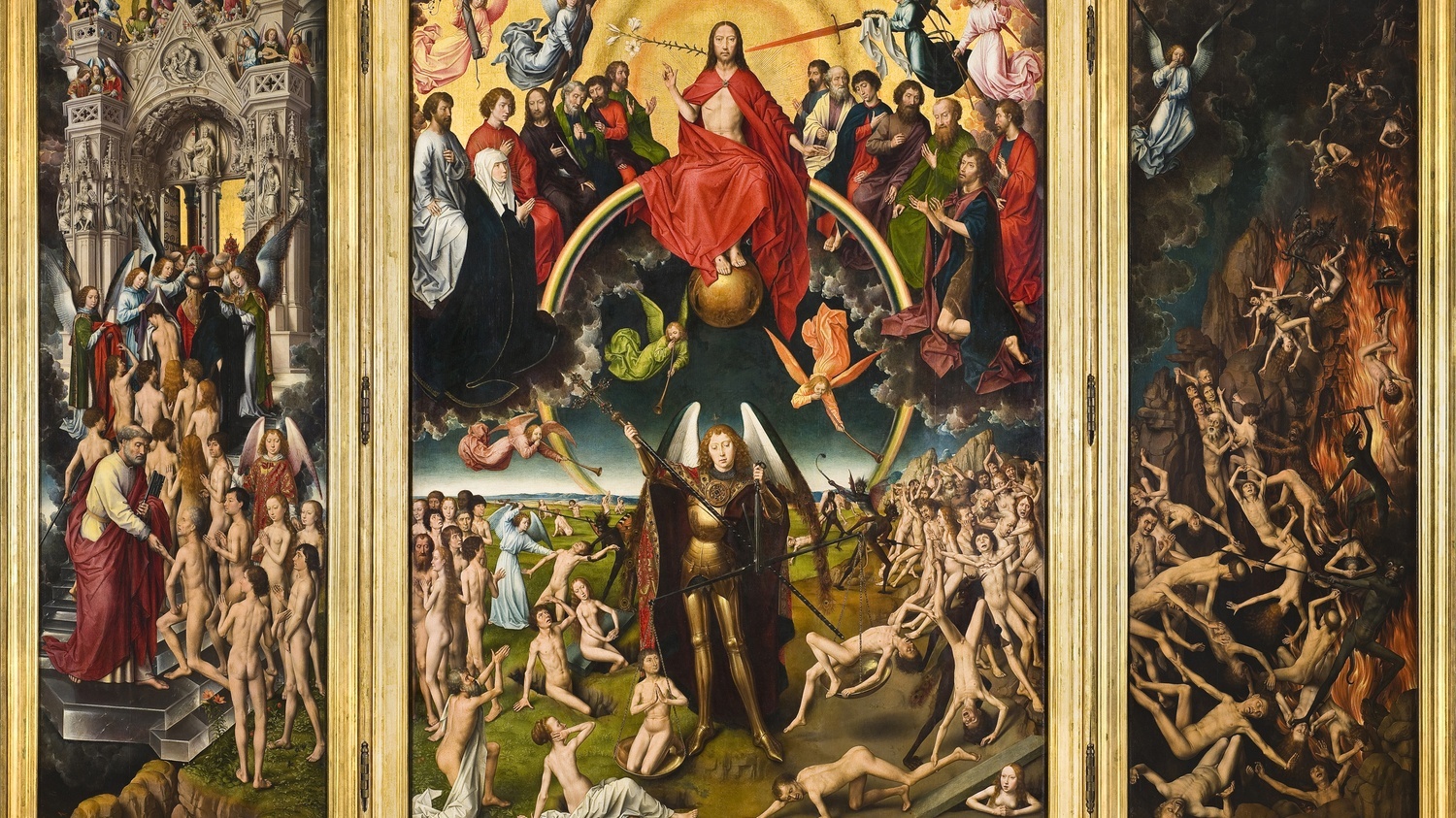Eugène Ysaÿe’s Sonata No. 3 in D Minor, “Ballade”: Shunsuke Sato
At the turn of the twentieth century, the Belgian violinist, Eugène Ysaÿe (1858-1931), was regarded as “The King of the Violin.” The conductor, Sir Henry Wood said, “The quality of tone was ravishingly beautiful…He seemed to get more color out of a violin than any of his contemporaries.” Commenting on the naturalness and flow of Ysaÿe’s rubato, Wood said, “Whenever he stole time from one note, he faithfully paid it back within …





